The physical SIM card is the product that most mobile phone users will come into contact with. Even from the feature phone to the smart phone era, the device has been changed one after another, but the SIM card that accompanies us may still be the one, after all, the string of numbers is already firmly bound to everyone.
However, in the coming 5G era, SIM cards are about to usher in a new round of technology upgrades. It intends to integrate large-capacity storage space, which means that we no longer need to use two separate card slots to resolve the contradiction of the SIM card and micro-SD card placement.
For users, the convenience brought by this “composite SIM card” is still very straightforward.
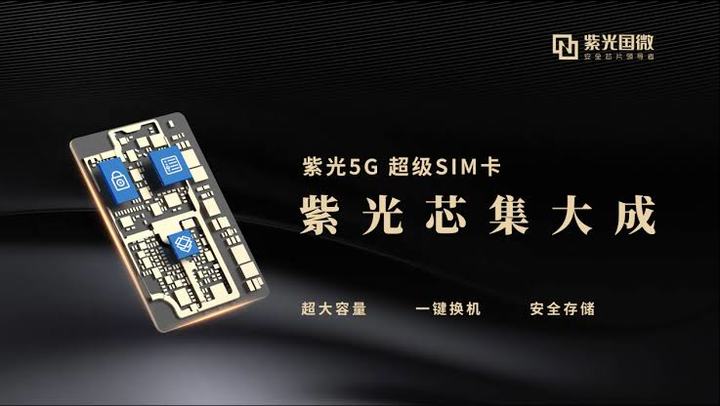
▲ Super SIM card is actually a “2 in 1” product.
On December 23, “ 5G Super SIM Card was jointly developed by Guangzhou Unicom and Ziguang Guowei. “It has been announced. As mentioned earlier, this SIM card is based on the form of a memory card, and the contacts of the SIM card are added, so that both the memory function and the SIM card communication function are implemented on one card.
Further introduction of the research and development of Ziguang State Microelectronics At present, most SIM card IC chips have only 128KB Storage capacity is often only used to store contacts, but this super SIM supports storage capacities of 32GB, 64GB, and 128GB, allowing users to store large files such as movies and music, with a read speed of 90MB / s and a write speed of 60MB / s.
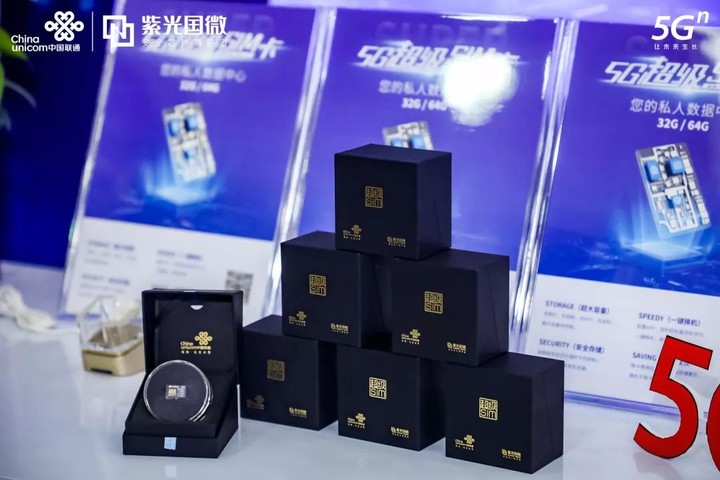
To complement the use of this new type of SIM card, The card is also equipped with a replacement app , You can back up local data such as contacts, applications, and photos in your phone, and then restore them on the new machine.
In terms of pricing, the first batch of Super SIM cards will be available in 32 / 64G versions, with prices of 99/199 yuan. At the same time, Guangzhou Unicom has also made a preferential activity to send card credits during the first sale period.
But it is somewhat confusing that although this SIM card is named “5G”, at the same time, Ziguang Guowei also said that it is “fully compatible with 5G / 4G / 3G / 2G networks”, but in supported mobile phones The model list does not include any commercially available 5G models.

▲ As far as model adaptation is concerned, the Super SIM card does not cover the current mainstream flagships, nor does it have any 5G mobile phones.
The main reason is still related to the design of this SIM card. You can also see on the “Super SIM Card Supported Terminal Information” page that this card has certain requirements for the phone’s card slot.

▲ Currently, only “Nano + Nano / storage composite card tray” supports Unicom’s Super SIM card.
According to the official introduction, at present, the super SIM card only adapts the design of “Nano + Nano / storage composite card tray”, which is what we often call the “three choices of two card tray” design, but does not support “Double Nano Cato” and “Dual Nano Card + Memory Card Cato” are three card slot styles.
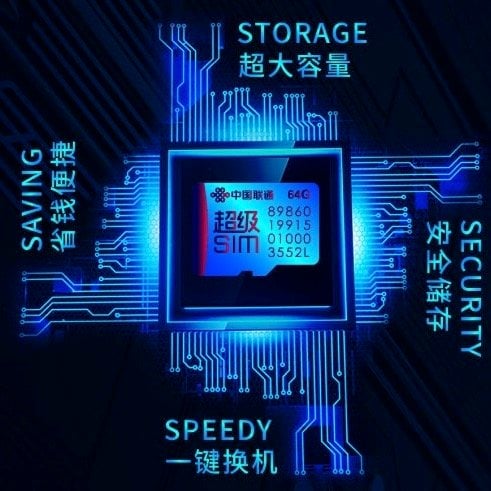
▲ Promoting You can also see it on the poster , this Super SIM card has the same appearance as the Micro-SD card
The reason is that this Super SIM card has the same shape as the Micro-SD card, plus the card slot needs to read the SIM card information, naturally it can only be placed on the “Nano / storage composite card tray” Use while those choose double-sidedNano Cato-designed phones are not on the support list.
Because of this, there is indeed a lot of resistance for this new type of “SIM + Storage 2-in-1” SIM card to be widely used in the industry.

▲ This three-card slot side-by-side design is now only used for thousand yuan machines
On the one hand, the storage space of mid-to-high-end models is basically 64 / 128GB, and the capacity is basically enough for most users. This has led many manufacturers to cancel the micro-SD card slot in flagship machines and promote them Mobile phone version with larger storage capacity to further increase product pricing.
On the other hand, even if the Nano-SIM card is used in a horizontal side-by-side combination, it will occupy a large amount of body space, and mobile phone manufacturers hope to further reduce it.
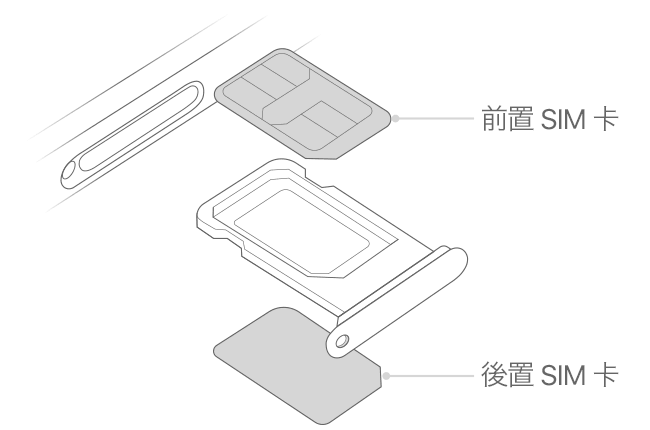
▲ More and more flagships have begun to use front and back double-sided card trays. Compared with horizontal side-by-side design, double-sided design is indeed more space-saving.
So, now you can only see the design of “Choose Three Cato” or “Nano + Nano / Storage Composite Cato” on a few models. Most of the devices have been changed to horizontal “Double Nano Cato”, in order to save space, some will choose the front and back double-sided style.
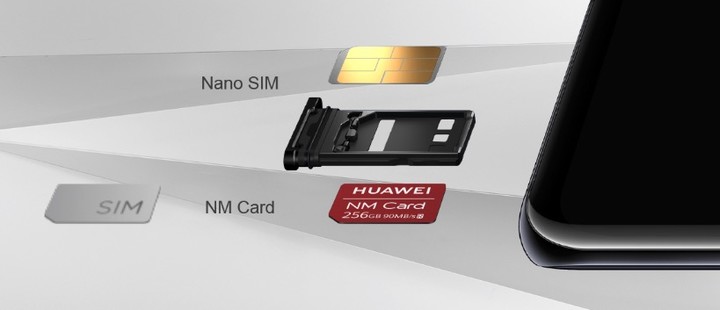
▲ Huawei’s dedicated NV card uses the Nano-SIM card style, but it is still a memory card and does not have SIM card functions
A special case here is Huawei. In order to continue to use the memory card on the original Nano card tray, Huawei began promoting a dedicated NM card in 2018. The shape and size of this card are exactly the same as the Nano-SIM card, so it can share a card slot.But it only supports the use of Huawei mobile phones, and the price is much more expensive than general-purpose memory cards.
Honestly, if the Super SIM card launched by Unicom and Ziguang this time uses the Nano-SIM card style, it should be able to support more new models, and the development prospects will be much broader than now.

▲ The volume of the eSIM module is much smaller than the slot of a physical SIM card
However, compared with the space dispute between SIM card and memory card, more people care about when eSIM will become mainstream .
After all, the latter is more like a solution that can solve the problem of the phone card slot once and for all. Without a physical SIM card slot, you can also leave more room for manufacturers to increase the size of other components, such as batteries.
At present, eSIM modules have been built in like Apple Watch or some Android smart watches, and the three major operators in China have also launched pilot operations in some cities; while on mobile phones, companies such as Xiaomi that have virtual operator licenses Manufacturers, who also provide meters directly in the systemInternet access by SIM.
They do not require the user to insert a physical SIM card into the phone / watch, which are essentially in the category of eSIM.
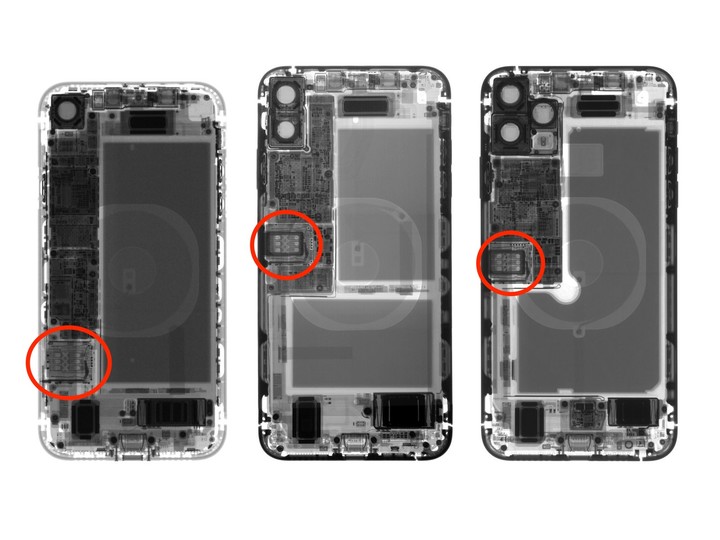
▲ iPhone disassembly in recent years can also be seen, Physical SIM Card slot The space occupied is actually not small
Rather, it is the operator’s side, and the attitude towards eSIM is different. Especially for larger operators, if users can bypass them and choose the network on the mobile phone end freely, the operator’s control over users will weaken, and mobile phone manufacturers will have greater say. This is clearly what operators do not want to see.
In this way, the “Super SIM Card” promoted by China Unicom is more like a compromise product. In order to meet the needs of mobile phone manufacturers and to promote the advancement of SIM card technology, Chao